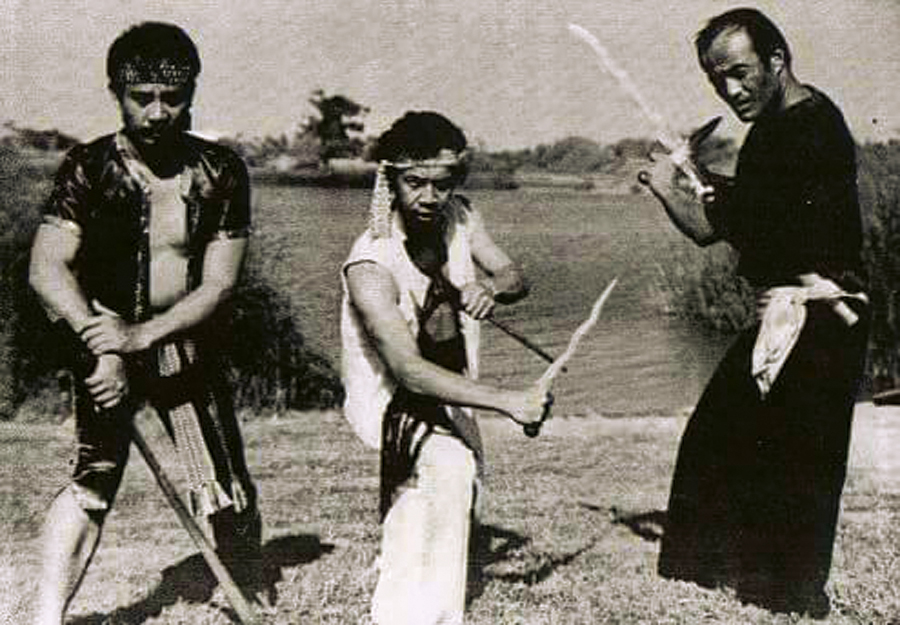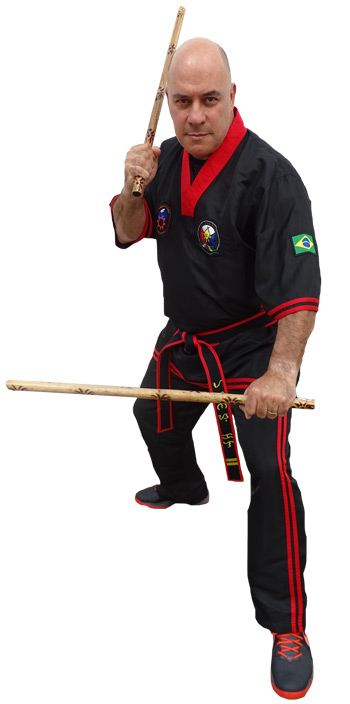martial arts originated in philippines
In the 12th century martial arts influence from the Indonesian martial. View History of Martial Arts in the Philippines Catacutan Jomar A 1Ddocx from GE 1 at Pangasinan State University.

Trails Unlimited The Indigenous Filipino Martial Arts Lakan Kali Gains Popularity In The Law Enforcement
It consists of altered techniques of Judo Aikido Jujitsu and Karate.

. Arnis also known as. Filipino Martial Arts History Influence of. In the Southern Philippines it is called Kali-Silat.
Although known by many names often descriptive of the styles and names of their founders and enemies ie Binas Arnis Italiana style the Filipino warrior arts can be classified by three. Silat refers to the movements of the lower body. Martial arts There are several forms of Filipino martial arts that originated in the Philippines similar to how Silat is the martial arts practiced in Asia including Eskrima weapon.
Martial arts was first introduced to the Philippines by Spanish missionaries in the 18th century. The origin of this martial arts discipline is heavily intertwined with Philippine history and the different cultures of various tribes. It originated from the southern part of the Philippines where the locals speak the native dialect Cebuano.
Among the three terms Kali is the oldest. Arnis is characterized as sabre play that uses a pair of rattan canes or short wooden canes. When was the Filipino Martial Arts was founded.
Ancient Filipinos were considered skilled. Kali also known as Escrima or Arnis is a Philippine Martial Art which was shaped by the turbulent history of The Philippine Islands. In the 12th century martial arts influence from the Indonesian martial arts culture reached the islands.
A native martial arts called Arnis de Mano started to exist by the 14th century. Filipino Martial Arts more commonly known as Arnis Kali and Eskrima are indigenous to the Philippines with roots dating back at least 1200 years. Yoseikan Budo is a composite martial art into which various other techniques from other martial arts have been integrated.
In the land of Maharlika now called the Philippines long before the arrival of settlers foreign traders and invaders Kalis Martial Art is believed to have been practiced by the. Republic of the Philippines PANGASINAN STATE UNIVERSITY. The historical origin of Japanese martial arts can be found in the warrior traditions of the samurai and the caste system that restricted the use of weapons by members of the non-warrior.
The origin of this martial arts discipline is heavily intertwined with Philippine history and the different cultures of various tribes. Filipino Martial Arts more commonly known as Arnis Kali and Eskrima are indigenous to the Philippines with roots dating back at least 1200. Early Filipino Martial Arts were strongly influenced.
At this time the islands also had culture influences from Cambodia and Thailand. The first known record of a martial arts competition in the Philippines was in. Kali is an ancient term used to signify martial arts in the region of the Philippines.

Arnis Filipino Martial Art Filipino Martial Arts Martial Arts Martial
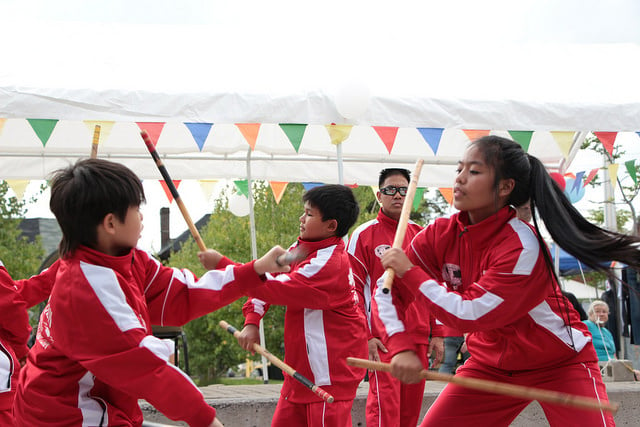
Filipino Martial Arts Schools Top 10 Martial Arts In The Philippines

6 Filipino Martial Arts Origins Of Philippines Fighting Mma Hive
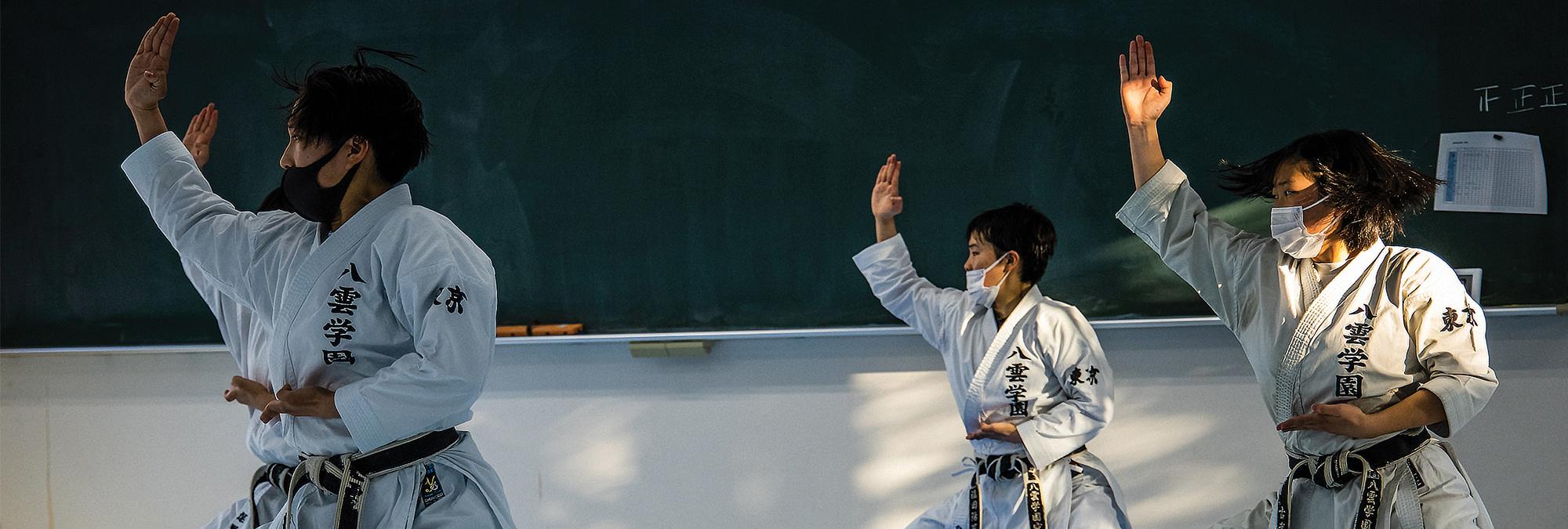
The Centuries Old Sport Of Karate Finally Gets Its Due At The Olympics Arts Culture Smithsonian Magazine

Philippines Mix Kontawan Martial Arts Inc
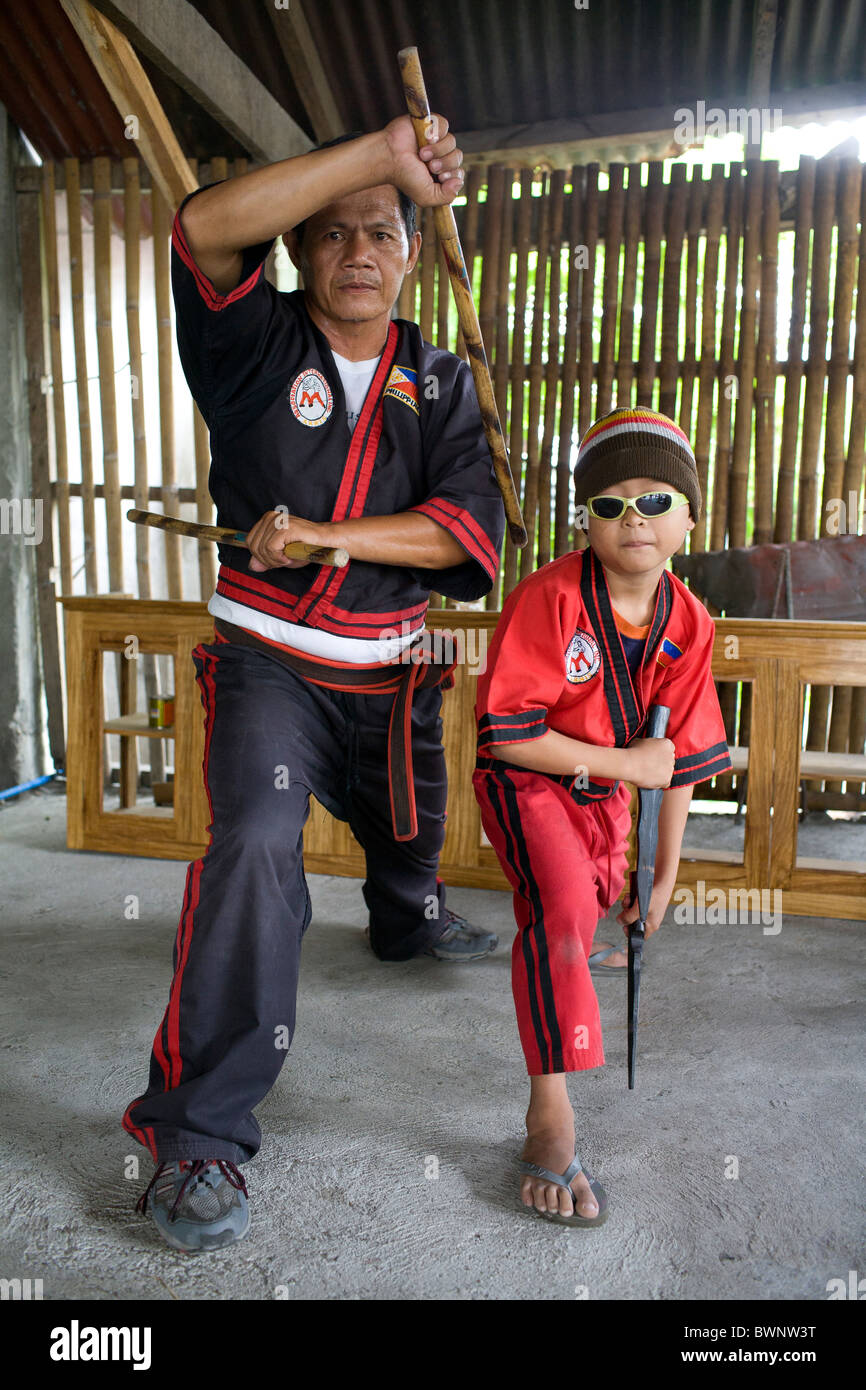
Philippines Stick Fighting Hi Res Stock Photography And Images Alamy
Learn One Learn Them All Commonality Of Motion And Skill Transferability In The Filipino Martial Arts Tactical Arts Academy
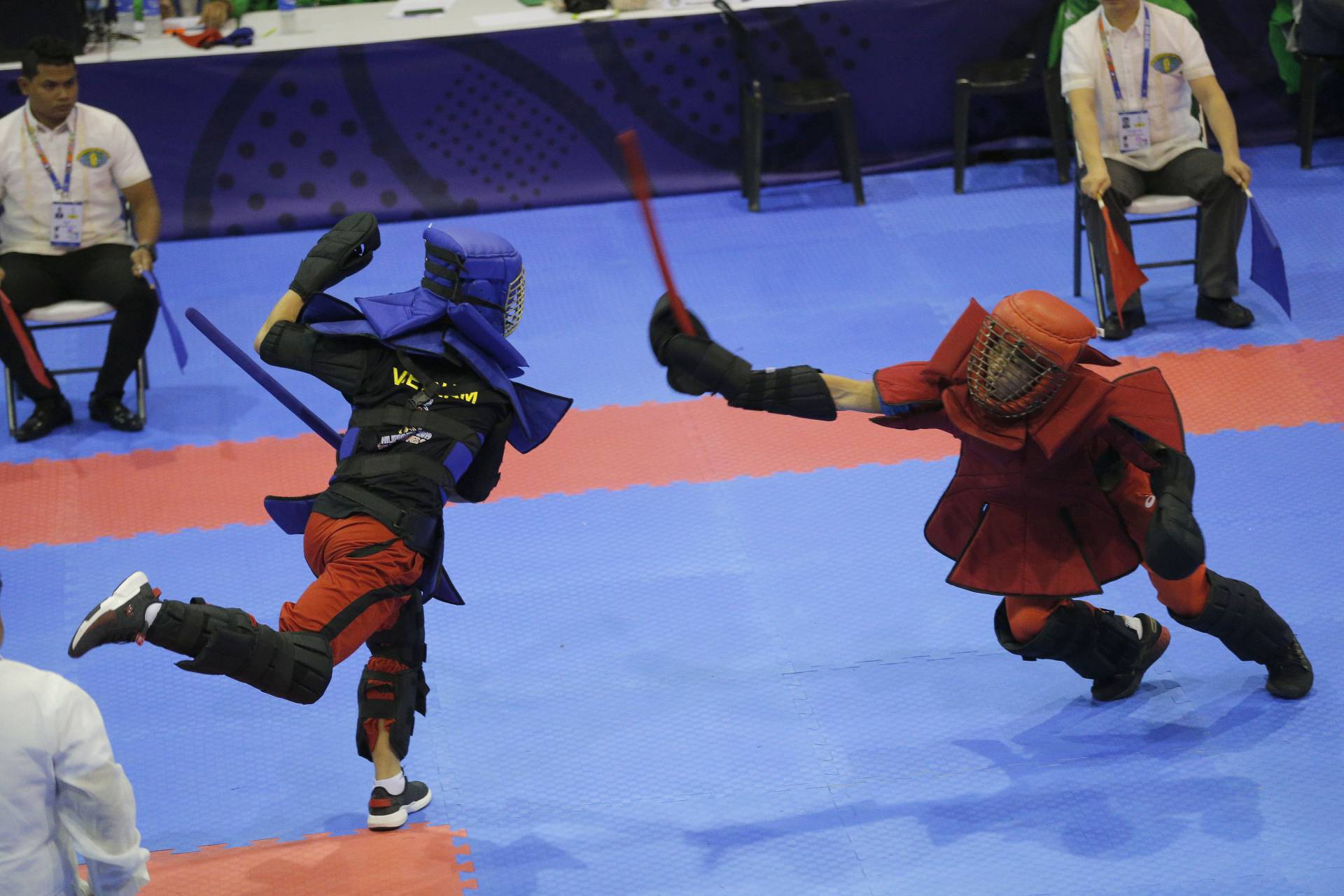
Arnis Philippines Martial Art That Evokes Magellan S Nemesis The Star

The 7 Greatest Filipino Martial Artists In One Championship History One Championship The Home Of Martial Arts
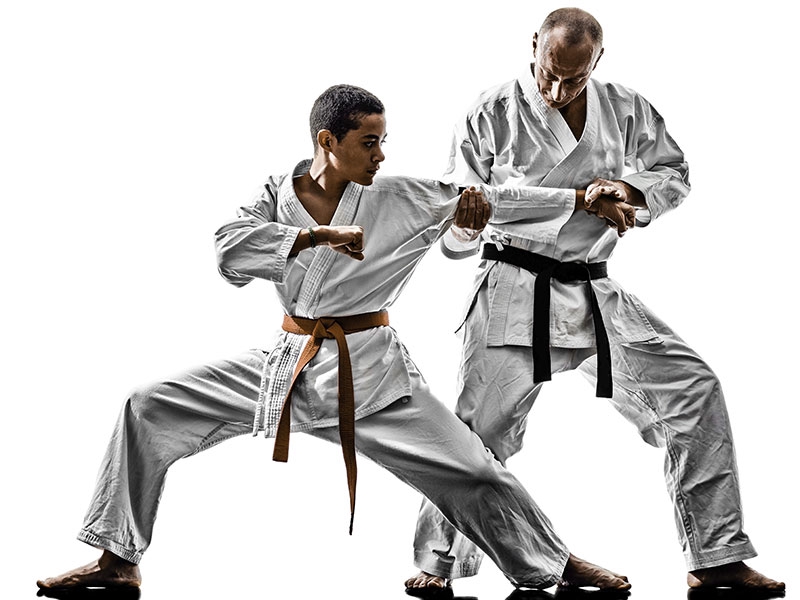
Kuntaw Ancient Filipino Martial Art Robin Ho On Scorum

The Philippine Martial Arts In Medina Ohio V M Simandan

Pin By Verein Fur Traditionellen Budo On Eskrima Martial Arts Filipino Martial Arts Martial Art Uniform
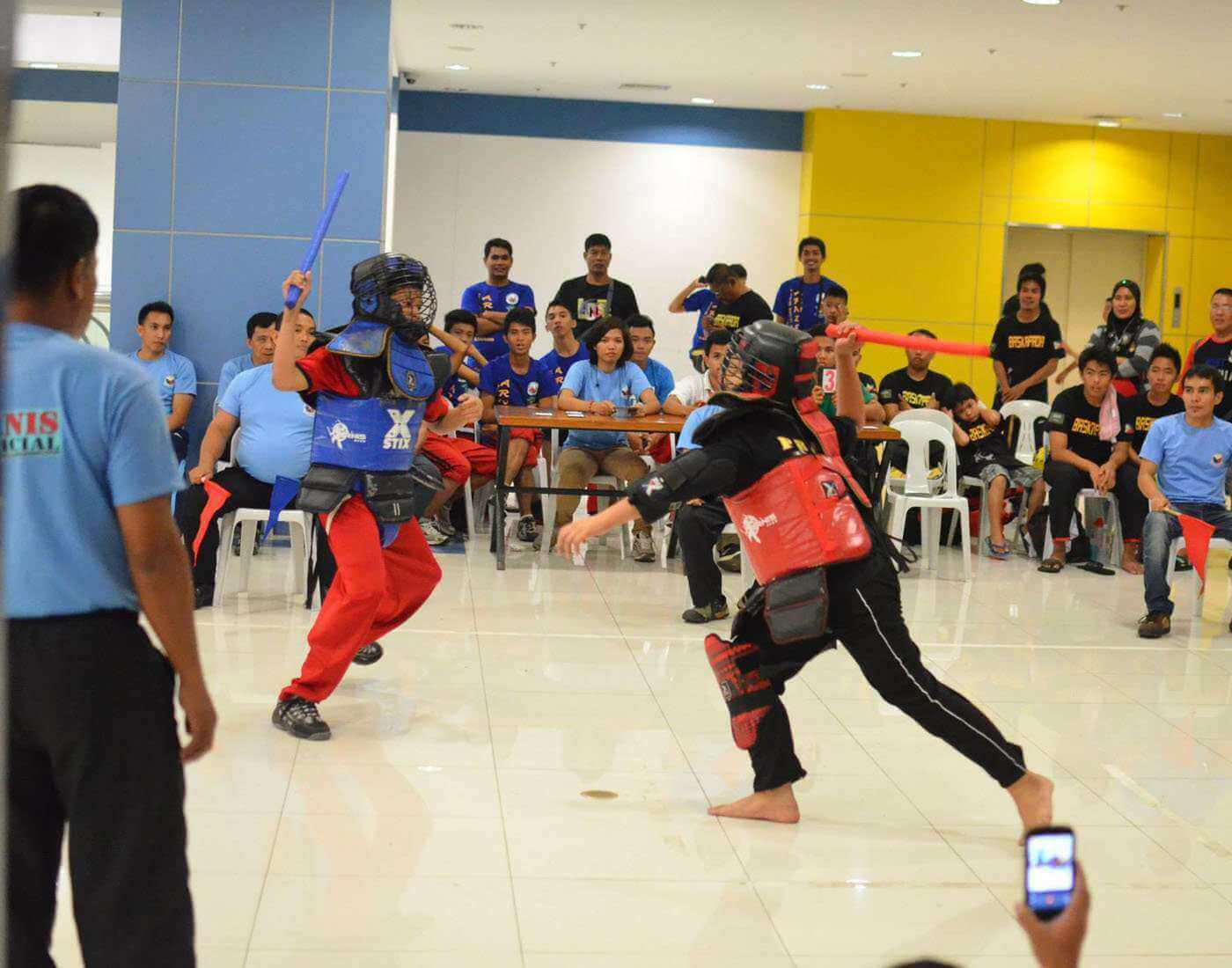
Arnis Martial Arts History Objective Equipment

The Centuries Old Sport Of Karate Finally Gets Its Due At The Olympics Arts Culture Smithsonian Magazine
